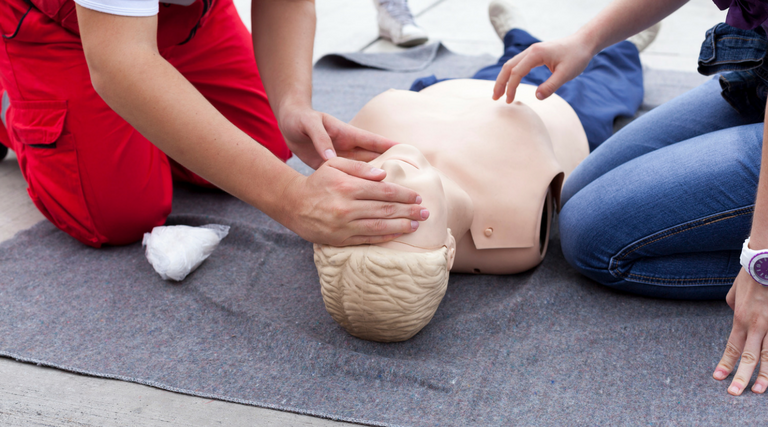With the rise (and rise, and rise) of digital learning, it sometimes feels as though many organisations are abandoning face-to-face training altogether. We have reached a place where some businesses still deliver all of their training in person, while others are shunning it entirely in favour of e-learning, digital performance support and videos.
But at Totara, we know that face-to-face training is still an important component of many learning programmes, which is why we support the entire blend with our seminar management feature in Totara Learn. This way, managers can track someone’s entire learning journey, from the very first onboarding session through to any offsite sessions they may attend, giving everyone a clear overview of progress and engagement.
So, why does face-to-face training still matter in the digital age?
It puts learning into context
While a lot of skills and knowledge can be taught digitally, face-to-face training is still essential for learning certain types of skills. For instance, you wouldn’t want to undergo an operation led by a surgeon who had never been observed by an expert during their training, and you would hope that the trainee mechanic fixing your car had practised with a mentor beforehand. While a firefighter can learn the basic skills of firefighting in a virtual reality environment, they won’t be able to experience the heat and the smoke and the noise of a real fire without entering a simulated training environment or without shadowing experienced firefighters on the job.

This real-life training is essential for employees in high-stakes roles, as it puts the skills they have learnt into context and shows them additional skills they may need to cope with the situation at hand. Putting someone into a real scenario under the guidance of an expert also helps highlight areas where they’re less confident. For example, maybe that trainee surgeon would be happy to perform a risky operation in a simulated environment, but they may realise that they need some extra help from someone with experience when they are asked to do the same thing in the real world.
It’s memorable
Which is more memorable: listening to your favourite album or watching the band perform it live? Likewise, would you rather watch your favourite sports team win a match on TV or be at the stadium to see it happen in person? The vast majority of us would choose to be physically present for experiences like these rather than tuning in from afar, because we get to be fully immersed in the moment.
The same applies for learning. If you’re trying to initiate a big behaviour change campaign or a revolutionary new way of doing things, it may be worth getting the CEO or another notable speaker to come in and present to your audience. Tying the learning objective to a memorable, inspiring activity can also be a great way to cement the key message in learners’ minds, whether it’s about encouraging better teamwork, a new approach to environmental issues or a way to promote cultural awareness across the organisation.
It gets people together
The power of collaboration and making real connections is often underrated in 2018. It’s easy to think that connecting with someone online is as good as meeting in real life, but the truth is that for most of us, we get a better sense of someone when we speak face to face. It may only be a secondary benefit of face-to-face training, but it’s an important one, and it can help foster teamwork and better working relationships. Once these relationships have been created in person, they can be continued online on social platforms.
If you’re running a face-to-face session, make sure you build opportunities for networking and collaboration into the day. Even if you just give people a chance to get acquainted over lunch or in breaks, the value of a real conversation should never be underestimated. Employees will feel more comfortable about approaching their colleagues with questions in the future, and it can help boost morale as people feel more like part of a team.
Seminar management in Totara Learn
Because we know that face-to-face training is still an important part of many learning strategies, Totara Learn contains Seminar Management functionality which allows you to manage all of your in-person training sessions through your LMS. This means that as well as digital learning, you can also track learners’ attendance and involvement in face-to-face events, and manage the administration side in terms of venue bookings, resource bookings, creating waitlists for popular events and more. This helps you manage your entire blended learning programme via a single platform, and also means that you don’t have to send your learners to multiple sites for different elements of the learning programme.
Does face-to-face training still feature in your blended learning programme? If so, Totara can help. Take a look at how NEO helped the Foreign Trade Association boost workshop attendance by 30%, and how LearnChamp helped Ziehm Imaging make better use of face-to-face seminars with Totara.


